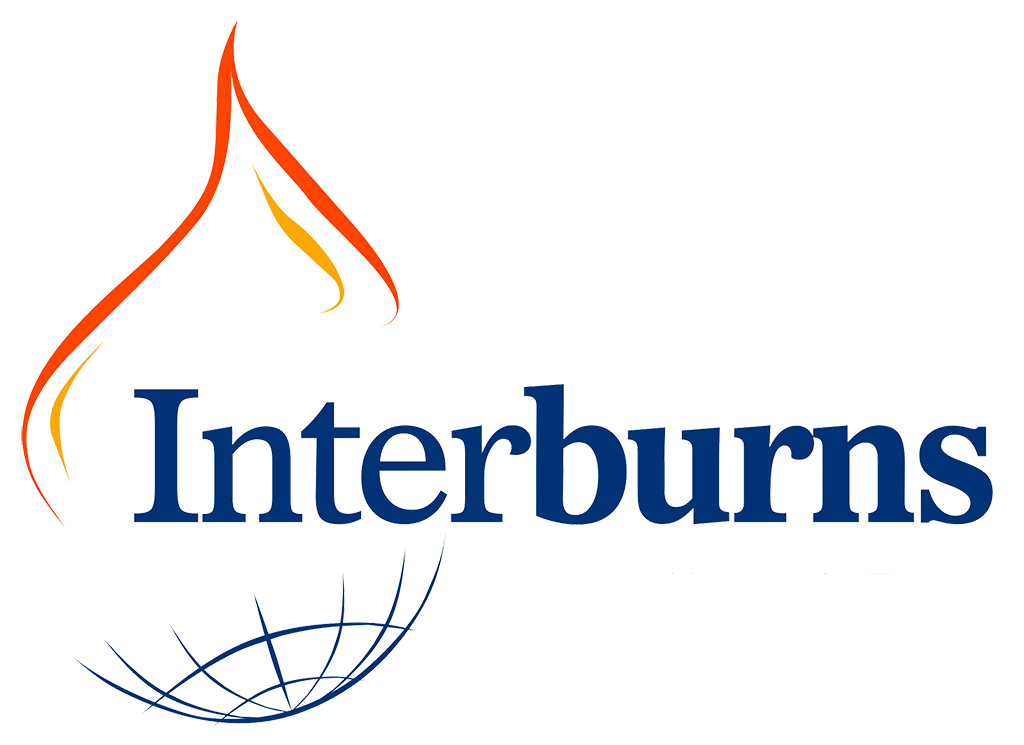Our approach
Care of burn patients has advanced rapidly in high income countries, but achieving sustained quality in low resource settings requires a systematic approach that fully engages staff.
Since its founding in 2006, Interburns has grown into a highly regarded charity that is focussed on finding solutions, and training multi disciplinary staff, to achieve sustained quality improvement in burn prevention, treatment and care.
The comprehensive, integrated approach includes: Operational Standards; a Delivery Assessment Tool (DAT) to identify gaps and prioritise improvements; and Training Programmes in Community Burn Prevention (CBP), Basic Burn Care (BBC), Essential Burn Care (EBC) and Advanced Burn Care (ABC).
Fellowships offer longer term opportunities for staff to gain wider skills, whether clinical, managerial or leadership.
Evidence of impact
This article demonstrates the impact of the approach here.
Read about participatory burn prevention work in Nepal.
‘Tomorrow is too late’
Achievements
The Global Situation
95% of burn injuries occur in low income countries, the majority happen in isolated rural areas where patients are treated by health workers who have no training in burn care.
Most burns occur in or around the home and affect children, but rapid urbanisation also causes a significant number of injuries, for instance unregulated electrical wiring, faulty gas canisters, or oil spills.
Delayed, inappropriate or inadequate treatment can be devastating and cause life long problems. The initial pain and suffering are often just the start of a long ‘patient journey’ that can take many turns, depending on the quality of care.
Follow up and rehabilitation services are critical, but often non-existent.
Children are susceptible to infection or long term disability, and families can be forced into deep poverty from ongoing hospital costs or inability to work.
Simple interventions can prevent complications and hasten recovery. Good quality nursing care, correct positioning, encouraging mobility, and ensuring adequate nutrition can help a physically or emotionally damaged burn victim return to a full and productive life.

The Burn Patient
Burn injuries destroy the body’s first layer of defence: the skin. When left to heal naturally, the skin shrinks and contracts as the body tries to close the gap in its defences. This can result in a ‘contracture’ which fuses one part of the body to another. Preventing skin contractures is the work of a physiotherapist and releasing them requires surgery which is expensive and often unavailable.
Burn victims need fast, appropriate, treatment. This includes clean dressings, physical therapy, extra nutrition, fluids, and sometimes surgery or skin grafting.
Resources are important, but good burn care rests on a well-trained, well-led, multi disciplinary team (MDT) of surgeons, nurses, therapists and nutritionists who work together to achieve best outcomes.
Interburns programmes are built around this ethos. Our faculty, the majority from low resource settings, work to disseminate this comprehensive approach.
“I got ideas from more experienced professionals on how they dealt with psychological trauma....we are now on our way to designing psychological therapy sessions.”



